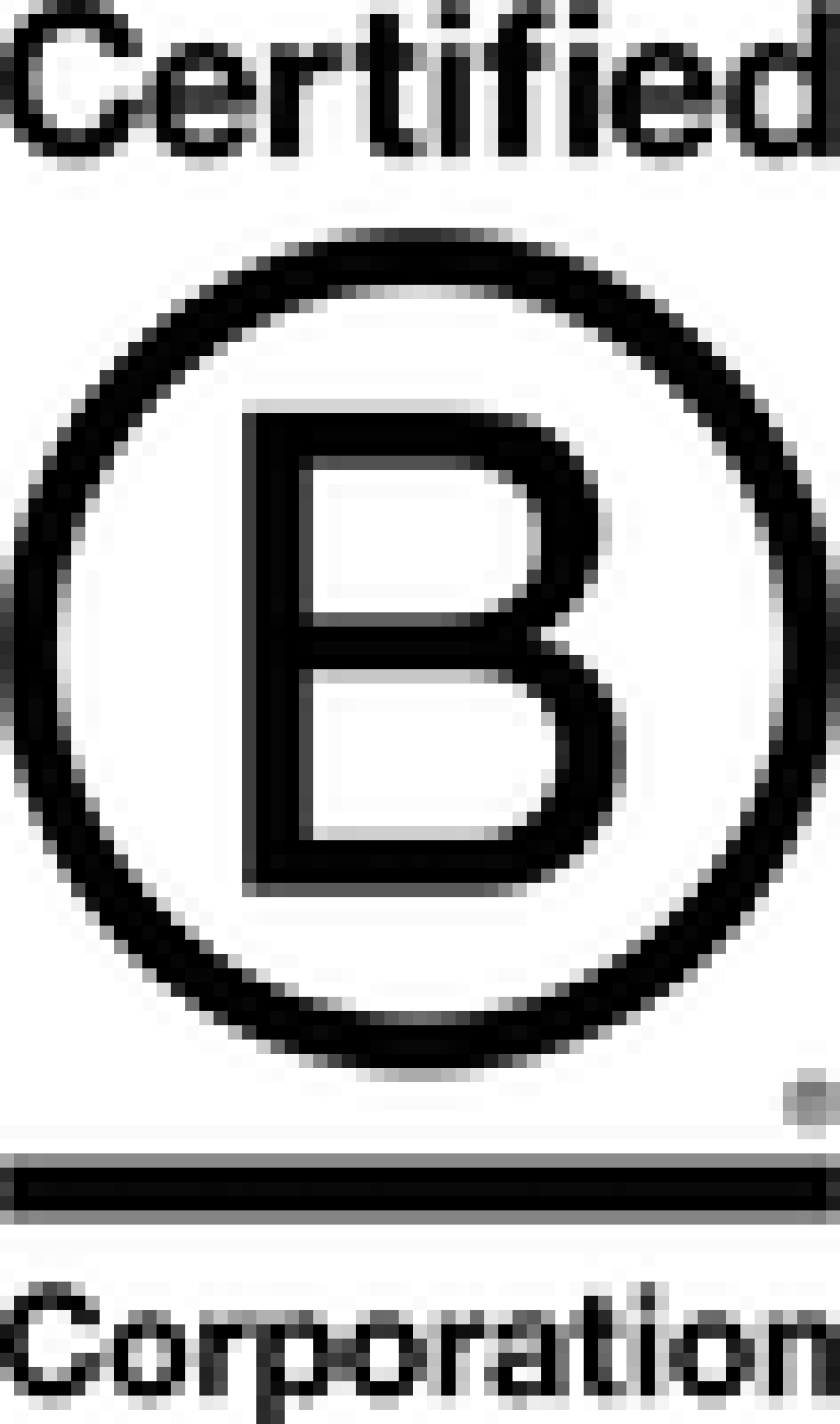How to pick a web agency (for your new app)

One of the more daunting steps along your product journey is appointing an agency to turn your idea into a reality. This is the equivalent of selecting a principal builder to build your new Grand Design.
It is a major milestone along your product’s lifecycle.
In the UK alone, there are 1,000s of digital agencies, ranging in size and stature. Finding your ideal partner can take time and patience.
This is not a time to rush into a decision. Invest time into finding the best partner for you.
Free agency checklist!
Shortlisting agencies to approach
Before you approach every agency on the first page of Google, I suggest first creating a list of agencies that you believe could be a good fit.
Google is not the only place to look (and might often miss hidden gems of smaller or further afield agencies). Speak to friends who have built products, ask around on your LinkedIn network, explore social media, or see if you can trace down the agencies behind products you like the look and feel of.
What you should be looking for in an agency is confidence in their ability, security and fit.
Ability (and experience)
Are they able to deliver the product to the standard you desire?
Security
How much do you trust the company to deliver?
Fit
Does their culture fit yours? People make a huge difference when it comes to projects. Do they work with a similar style of clients i.e. startups or highstreet brands?
If you are not sure where to start, try this simple validation system:
Must have
Their website or marketing clearly states that the agency designs and develops web applications and/or digital products.
3 points
You have worked with them before
Personal recommendation from a trusted source
2 points
Recommendation from professional network
Has worked on similar projects
Good understanding of their culture from their website
1 point
Semi-active on social networks
Has been established for more than 2-3 years
Has Google/Trust pilot reviews
Has more than three items in their portfolio
The website shows expertise, eg: Blog/Articles
Projects shown in the portfolio are still active and live
Worth taking note of; Are they local to you? (This may be important if you are looking for regular face-to-face meetings).
Once you have added up the points from the validation system, approach the top scoring agencies.
When should I start approaching agencies?
You should have planned, researched and tested your idea before spending a considerable amount of money on your new product. We will have a post on testing your product idea coming soon.
Once you are confident in your idea and ready to start, I suggest having a written brief before approaching an agency, this allows you to get a clear and distinct outline of your product on paper.
Getting it down on paper will force you to think through the product and allow you to refine it until it is crystal clear. If you’d like to explore what a project brief should include, get in touch with us. We will have a blog post exploring the perfect brief coming soon.
Write your brief, show it to your team for any final input and send it to your agency shortlist.
I’ve sent my brief, what happens next?
Every agency usually has a different approach to working on a project scope.
They will likely be interested in gaining more detail over email or via a meeting (in person or remote).
As you talk to each agency, be sure to ask:
About their process
If they understand the brief
If they believe the budget is achievable at this initial stage
Availability for starting
What the next steps are

It is likely that after talking to five agencies, you will be able to trust your intuition and narrow the prospective agencies down to a final three. Factors that will guide your instincts might include:
People/character fit – sometimes you just gel or click with someone you talk to
Hearing about previous projects that may have similar elements to yours
Company culture
Excitement and provision of ideas to support your project
You should spend your efforts ensuring the three agencies have all the information they need to put together a full proposal.
The proposal is the sales documentation provided to you by the agency which will show their understanding of the project, expected timelines and cost.
You should take time to read these documents and arrange a meeting to talk through any talking points before selecting your agency. Factors that might guide your decision at this stage might include past experience of projects, cost and company fit. It might also be time to trust your gut.
Once you’ve selected an agency and agreed on terms, there should be a legal document in place which outlines what the agency is providing, in what time scale, for what cost.
At Steadfast Collective, we call ours a ‘Statement of Work’.
Red flags
When looking at selecting an agency there are few indicators that should cause concern.
Unwillingness to share details of any previous projects
Asking for more than 50% deposit up front
Unwillingness to give project timelines
Lack of final legal agreement outlining features, timelines and costs.
Checklist
Here’s a list of to-do’s to check off on your journey in finding an agency which suits you.
Shortlist five agencies
Create a written brief
Narrow your five agencies down to three
Review written proposals from agencies
Company outline
Project outline
Plan to deliver the project
Costs and payment terms
Timescales
Details around project management and issue-fixing window
Ask agencies or previous clients, for a reference
Review agencies’ previous projects
Choose the appropriate agency based on your goals, budget, and the fit of the team who will be carrying out the work
Review and agree on a statement of work.
Picking an agency can be a daunting task, but by following the guidance outlined above, you should be able to find the perfect design and development partner to build your product.
More Articles

Unexpected Entrepreneur spotlight: Howard Schultz
Have you heard about Summit, our new community for Unexpected Entrepreneurs? Summit is the new home of inspiration for Unexpected Entrepreneurs looking to refine their idea or grow their businesses to the next level.

Unexpected Entrepreneurs - Patagonia founder
Yvon Chouinard is the founder of the well-known outdoor brand Patagonia. However, being the founder of a huge business is never something he set out to do - it was an unexpected venture.

The Missing Ps of Marketing Strategy
Growth. As founders we chase it, especially in the early days. Each month and quarter is defined by financial growth. No matter your product or service, saleability and growth is crucial.

